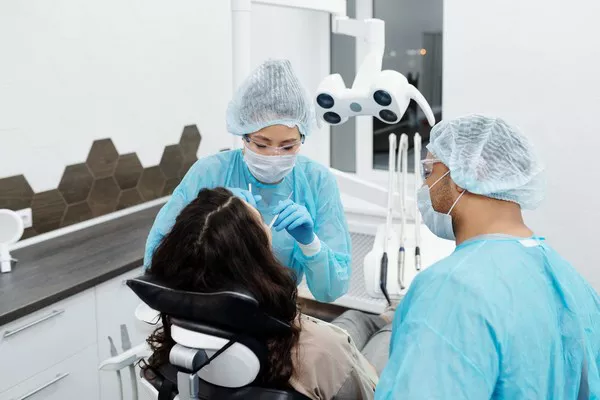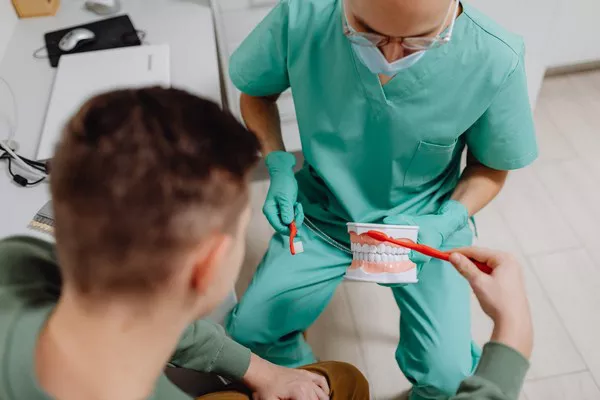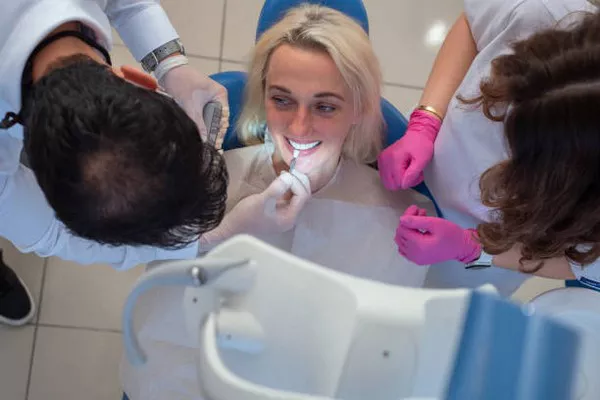Wisdom teeth removal is a common dental procedure that many individuals undergo at some point in their lives. While it may seem routine, it’s important to recognize that wisdom teeth removal is indeed a form of oral surgery. In this comprehensive article, we will explore the definition of oral surgery, the different types of wisdom teeth removal, procedure details, reasons for removal, recovery and aftercare, risks and complications, and alternatives to extraction.
Definition of Oral Surgery
Oral surgery encompasses a range of procedures performed in the oral cavity, including extractions, dental implants, jaw surgery, and soft tissue procedures. Wisdom teeth removal falls under the umbrella of oral surgery due to its surgical nature and the involvement of specialized techniques and equipment.
Types of Wisdom Teeth Removal
Wisdom teeth removal can be categorized into two main types: simple extractions and surgical removals. While simple extractions involve the straightforward removal of visible wisdom teeth, surgical removals are required for impacted wisdom teeth that have not fully erupted or are positioned in an unfavorable manner.
Procedure Details
The process of wisdom teeth removal typically involves several key steps:
Consultation: Before the procedure, patients undergo a consultation with their dentist or oral surgeon to assess the position of the wisdom teeth, evaluate any potential risks or complications, and discuss the treatment plan.
Anesthesia: During the procedure, anesthesia is administered to ensure patient comfort and pain control. Options may include local anesthesia, IV sedation, or general anesthesia, depending on the complexity of the extraction and the patient’s preferences.
Extraction: Once the anesthesia has taken effect, the dentist or oral surgeon will proceed with the extraction. For simple extractions, the tooth is loosened from the socket using specialized instruments and then removed. In cases of surgical removal, an incision may be made in the gum tissue to access the impacted tooth, which may need to be sectioned into smaller pieces for easier removal.
Closure: After the tooth or teeth have been removed, the surgical site is thoroughly cleaned, and any necessary sutures are placed to facilitate proper healing.
Reasons for Removal
There are several reasons why wisdom teeth may need to be removed:
Impaction: When wisdom teeth are unable to fully emerge from the gums due to lack of space or obstruction, they can become impacted, leading to pain, infection, and other complications.
Pain: Wisdom teeth can cause significant discomfort as they attempt to erupt, especially if they are impacted or positioned at an angle.
Infection: Impacted wisdom teeth are prone to infection, which can spread to surrounding tissues and lead to more serious oral health issues.
Damage to Adjacent Teeth: Crowded or misaligned wisdom teeth can exert pressure on neighboring teeth, causing misalignment, crowding, or damage to adjacent teeth.
Recovery and Aftercare
Following wisdom teeth removal, patients can expect a period of recovery, during which they may experience some discomfort and swelling. Here are some key aspects of recovery and aftercare:
Swelling: Swelling around the surgical site is common and typically peaks within the first 24 to 48 hours after the procedure. Applying ice packs and keeping the head elevated can help reduce swelling.
Pain Management: Pain medication, prescribed or over-the-counter, may be recommended to alleviate discomfort during the recovery period. Patients should follow their dentist’s or oral surgeon’s instructions for medication use.
Dietary Restrictions: For the first few days following surgery, patients are advised to stick to a soft or liquid diet to avoid putting pressure on the surgical site. Avoiding hot, spicy, or hard foods can help prevent irritation or injury to the extraction site.
Oral Hygiene: Proper oral hygiene is crucial for preventing infection and promoting healing. Patients should continue to brush their teeth gently, avoiding the surgical site, and rinse with a saltwater solution as directed by their dentist.
See Also: When Is Wisdom Teeth Removal Fully Healed
Risks and Complications
While wisdom teeth removal is generally safe, there are some potential risks and complications associated with the procedure:
Dry Socket: Dry socket occurs when the blood clot that forms in the extraction socket becomes dislodged or dissolves prematurely, exposing the underlying bone and nerves. This can lead to intense pain and delayed healing.
Infection: Infection is a risk following any surgical procedure. Symptoms may include swelling, pain, fever, and discharge from the surgical site. Prompt treatment with antibiotics is essential to prevent complications.
Nerve Damage: In rare cases, the nerves in the jawbone may be damaged during the extraction process, leading to numbness, tingling, or loss of sensation in the lips, tongue, or chin. This typically resolves over time but may be permanent in some cases.
Alternatives
In certain situations, alternatives to wisdom teeth removal may be considered:
Monitoring: If wisdom teeth are not causing any symptoms and are not likely to cause problems in the future, a dentist may recommend a “wait-and-see” approach, with regular monitoring through dental exams and X-rays.
Partial Extraction: In some cases, only a portion of a wisdom tooth may need to be removed if it is partially impacted or causing localized issues.
Orthodontic Treatment: For individuals with crowded or misaligned teeth, orthodontic treatment such as braces or clear aligners may help create space in the dental arch, reducing the need for wisdom teeth removal.
Conclusion
Wisdom teeth removal is a form of oral surgery that is performed to address a range of issues, including impaction, pain, infection, and potential damage to adjacent teeth. While the procedure may involve some discomfort and a period of recovery, it is generally safe and effective for improving oral health and preventing future problems. Patients should consult with their dentist or oral surgeon to discuss their specific situation and determine the best course of action for their oral health needs.
You Might Be Interested In





























